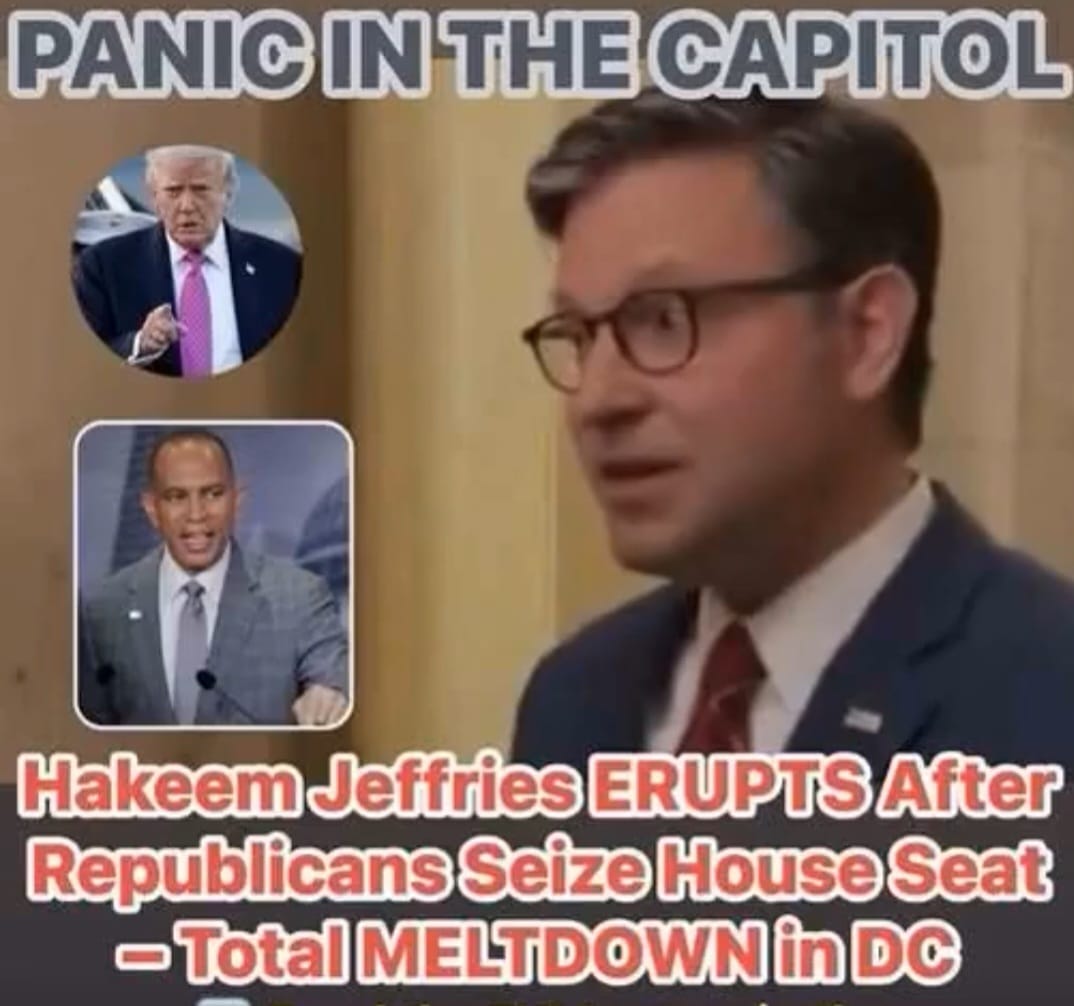REPUBLICANS REWRITE THE MAP TO WIN
A significant and intense conflict over political influence is currently redefining the electoral landscape across the United States. Legislatures under Republican control, feeling empowered by former President Donald Trump, are aggressively redrawing congressional district boundaries. Their objective is to solidify a dominant position in the U.S. House of Representatives for their party, shaping the political terrain for future elections.
A prime example of this strategy is unfolding in North Carolina. There, a newly approved congressional map has been carefully engineered to favor Republican candidates. The plan allocates a lopsided advantage, tilting 11 of the state’s 14 districts toward the GOP. This redistricting effectively dilutes the voting power of Democratic constituents and serves to entrench Trump’s political influence within the state.
The implementation of this map faces no executive opposition due to specific state laws. As a result, Governor Josh Stein, a Democrat, lacks the veto power to block the plan. He and his party can only observe as the Republican-drawn districts advance toward implementation, highlighting the immense power state legislatures hold in this process.
This tactical redistricting is not an isolated event but part of a broader, coordinated national effort. States including Texas and Missouri are witnessing similar maneuvers, where Republican-led bodies are pushing through maps designed to maximize their electoral gains. The practice is becoming a standard political tactic in regions where one party holds complete legislative control.
However, Democrats are also engaged in this cartographic warfare. In California, under the guidance of Governor Gavin Newsom, party leaders are preparing their own counter-strategy. They aim to draw districts that optimize Democratic voter concentration, ensuring they do not cede an advantage in the national tally of House seats.
Consequently, what is constitutionally mandated as a routine local process has escalated into a high-stakes national chess game. The outcome of these behind-the-scenes line-drawing efforts will have profound consequences, potentially determining which party controls the U.S. House of Representatives for the next decade.
As these new maps are finalized, legal challenges are widely anticipated. Courts across the country are expected to become the next battleground, with lawsuits poised to question the fairness and legality of the districts. This ensures that the fierce battle over America’s political boundaries is far from concluded.






